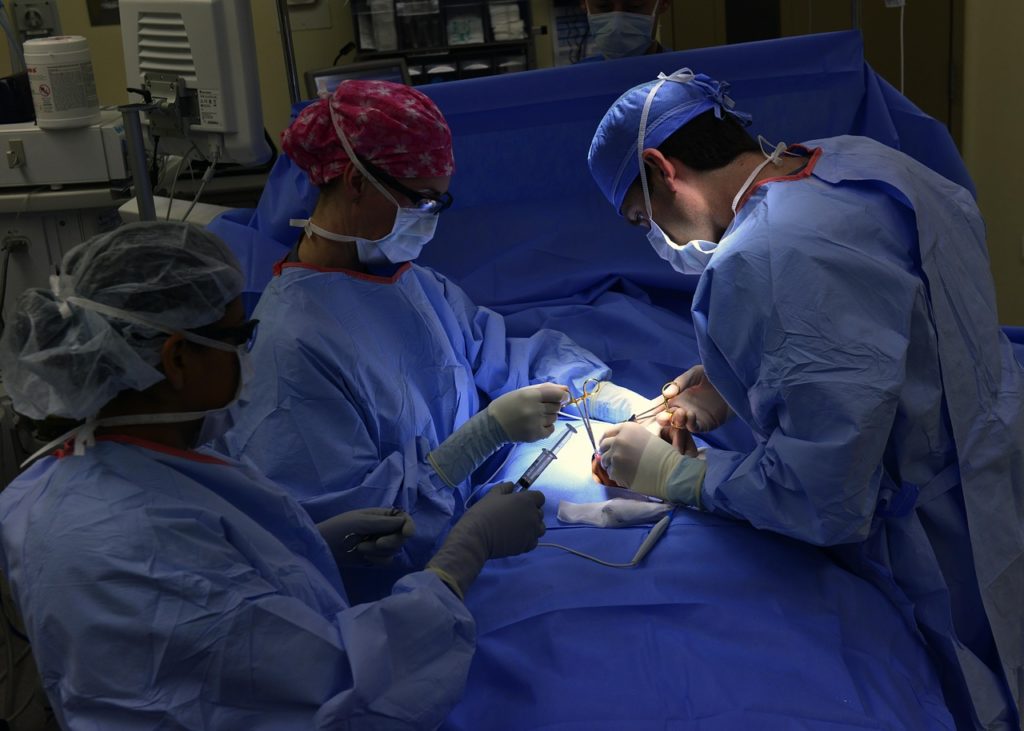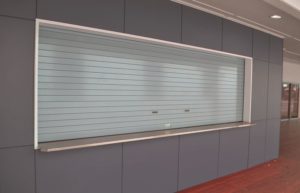12 Facts About Facelifts

Facelift is a way to reduce wrinkles and sagging of face which is technically known as meloplasty. Aged people are very interested about facelift surgery. This is a way to hold your youth. There are some misconception about facelift surgery. Here are 12 Facts about Facelift Surgery.
1. A facelift doesn’t cover the eyes and forehead region
Contrary to what some might have thought, a facelift only pulls up the face from the area underneath the eyes and downwards. For people wanting something in the upper face they will need to consider blepharoplasty (an eye lift) or a forehead or brow lift.
2. The wind tunnel look is no longer
Facelift procedures have come a long way in the last 25+ years. While the facelifts of the 80s often gave that wind tunnel look, facelifts today are not noticeable in such a way. Now we just have a refreshed, younger look – and with hardly any signs of surgery, either.
3. A facelift won’t fix all your facial imperfections
While a facelift is designed to smooth your skin and remove facial droop, it won’t necessarily hide all of your imperfections. For lines and wrinkles that aren’t smoothed you can add dermal fillers and possibly muscle relaxants. For age spots or skin worries, you may choose to undergo laser therapy.
4. There are hundreds of different techniques for performing a facelift
You might have heard about terms such as the lifestyle lift, or the mini lift. Each type of technique is different so you will need to research and choose the best one for your given circumstances. Or ask a surgeon – that’s what they’re there for!
5. The results of a facelift last for 10+ years
That means you will be looking younger for at least 10 years! With a properly performed facelift you can expect long lasting results. This may well mean that you never need another facial treatment if you are happy with the results.
6. The facelift was in the top five plastic surgery procedures for men in the US in 2015
Other popular procedures for men included liposuction, a nose job, eyelid surgery, and gynecomastia (male breast reduction). In fact, men made up just 9.5% of the surgical procedures performed.
7. The facelift remains the 7th most popular plastic surgery procedure
The same study shows that the number one procedure is liposuction, followed by breast augmentation, tummy tuck, eyelid surgery, breast lift, and nose surgery.
8. It will soon be illegal to undergo a facelift outside of a licensed cosmetic surgery-class private health facility in NSW
Coming into effect in March 2017, are laws stipulating that all cosmetic surgeries must be performed in licensed cosmetic surgery-class private health facilities in NSW. This follows a string of accidents in unaccredited facilities in the state over the past few years.
9. The fillers facelift is becoming increasingly popular
It’s not a real facelift, but the fillers facelift is what some people are now choosing to undergo to lift the face. This involves filling in areas of laxity and volume loss with dermal fillers such as Juvederm, or even with the fat from a patient’s own body – which is known as a fat transfer. The fillers facelift only has moderate effects and cannot replace an actual facelift.
10. Patients usually return to work 2 weeks after the surgery
It’s not like facelift patients need to remain locked away forever to recover! In the vast majority of cases, people will head back to work 2 weeks after the procedure – and sometimes even earlier. At this point in time the wounds from surgery should be healed.
11. Non surgical facelifts are no facelift at all
Whether it’s a stimulating machine, or a cream, or pill, non surgical facelifts are no facelift at all. Often providing minimal to no visible results, you are best taking your hard earned dollars elsewhere. Don’t be fooled by clever advertising and pretty boxes!
12. Facelifts aren’t just for “old people”
People from the age of 35 and up are now choosing to undergo various different types of facelifts. Just as everyone ages different, so too are our surgical options different at different ages. What might be perfectly reasonable on one 37 year old would be overkill on another. The only way to know for sure what would be good for you is to check with a cosmetic surgeon.







